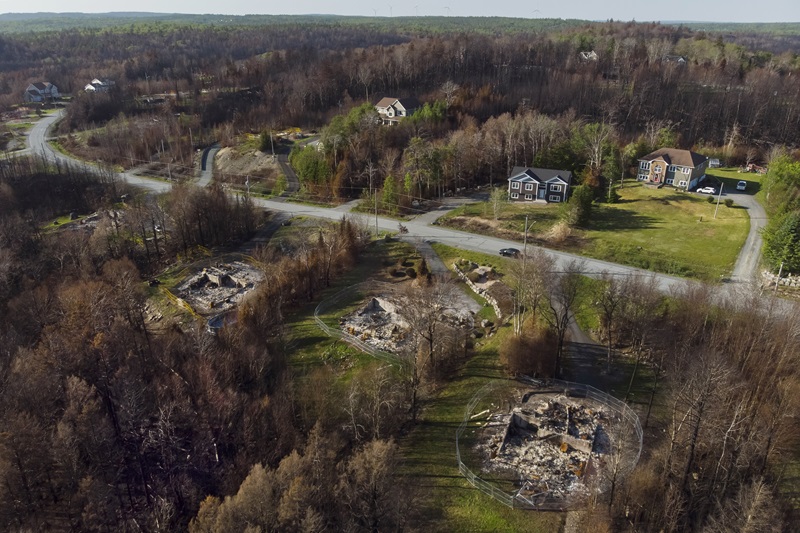How property lines are shaping up

Although capacity and appetite are bouncing back, Canadian insurers remain picky when it comes to selecting risk, particularly in the oft-challenged property lines, according to Aon’s Spring 2024 Insurance Market Update Canada report.
“Overall, there is an expansion in capacity and appetite signalling that the market is transitioning into a more competitive space. However, the focus on risk selection continues to prevail as insurers strive to maintain profitability,” Russell Quilley, Aon Canada’s head of commercial risk and chief broking officer, said of the overall market trends.
“Underwriting remains disciplined and risk differentiation continues to be a top priority as underwriters increasingly rely on data, insights, and analytical tools such as modelling to support decision making,” Quilley said in the report.
In 2023, Canadian P&C insurers ended with a 92.72% combined ratio (according to IFRS-17 reporting, which allows for discounting). Though the new IFRS-17 results can’t be sufficiently compared with previous years’ reporting, any ratio below 100% means companies are making an underwriting profit.
In property, capacity has become steady. But clients with high-value exposures — accounts impacted by loss or located in catastrophe zones — may find capacity is dwindling.
Property rate increases are continuing at a moderate pace, driven by inflation, reinsurance costs, and weather-related events. Because of this, insurers are pushing for updated appraisals from their clients, to ensure exposure values reflect true replacement costs.
In 2023, Canada experienced a “record-breaking” 23 natural catastrophe events, which resulted in a total of $3.5 billion in losses.
“While the total insured losses weren’t record-breaking, the number of events certainly were,” the report reads. “July and August alone accounted for more events than Canada had previously experienced in an entire year.”
Because of this jump in NatCat risk, insurers are reviewing their modelling to determine adequate property rates.
“There is increased scrutiny around wildfire prevention measures and the implementation of separate wildfire deductibles,” the report reads. “Increasing deductibles related to catastrophe exposures are impacting those with exposure in those areas (i.e. B.C. earthquake).”
Globally, NatCat loss totalled $380 billion in 2023, up from the $355 billion in 2022. The year also marked the warmest on record, and it’s contributing to increased scrutiny by carriers and reinsurers.
And while the last few years marked skyrocketing reinsurance costs, conditions are stabilizing and capital is returning to the market, Aon reports.
Global reinsurer capital increased by $45 billion to $635 billion during the first nine months of 2023, the brokerage estimates — mostly driven by retained earnings, recovering asset values, and new inflows to the catastrophe bond market.
“Particularly for property catastrophe, reinsurers continue to impose higher retentions resulting in primary insurers retaining more Cat losses, stretching their catastrophe budgets. Subsequently, this is anticipated to influence behaviour as we move through 2024.”
The good news is, property catastrophe capacity has been “readily available” to meet demand, yet lower reinsurance layers are still challenged as reinsurers show hesitation to participate.
“Buyers who adopted a holistic approach to program placement had more success in securing reinsurers’ support for these layers but nevertheless, most purchasers of reinsurance are now able to secure as much protection for their earnings as they might like,” the report reads.
Destroyed homes and charred woodlands are pictured amongst spared properties following a wildfire earlier this month in the suburban community of Hammonds Plains, N.S. outside of Halifax on Thursday, June 22, 2023. THE CANADIAN PRESS/Darren Calabrese







